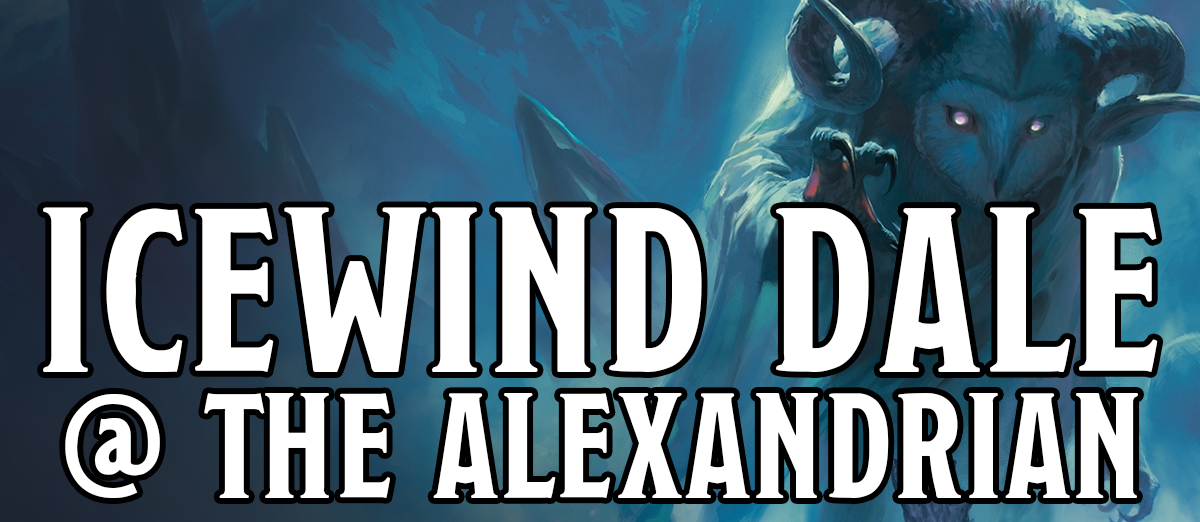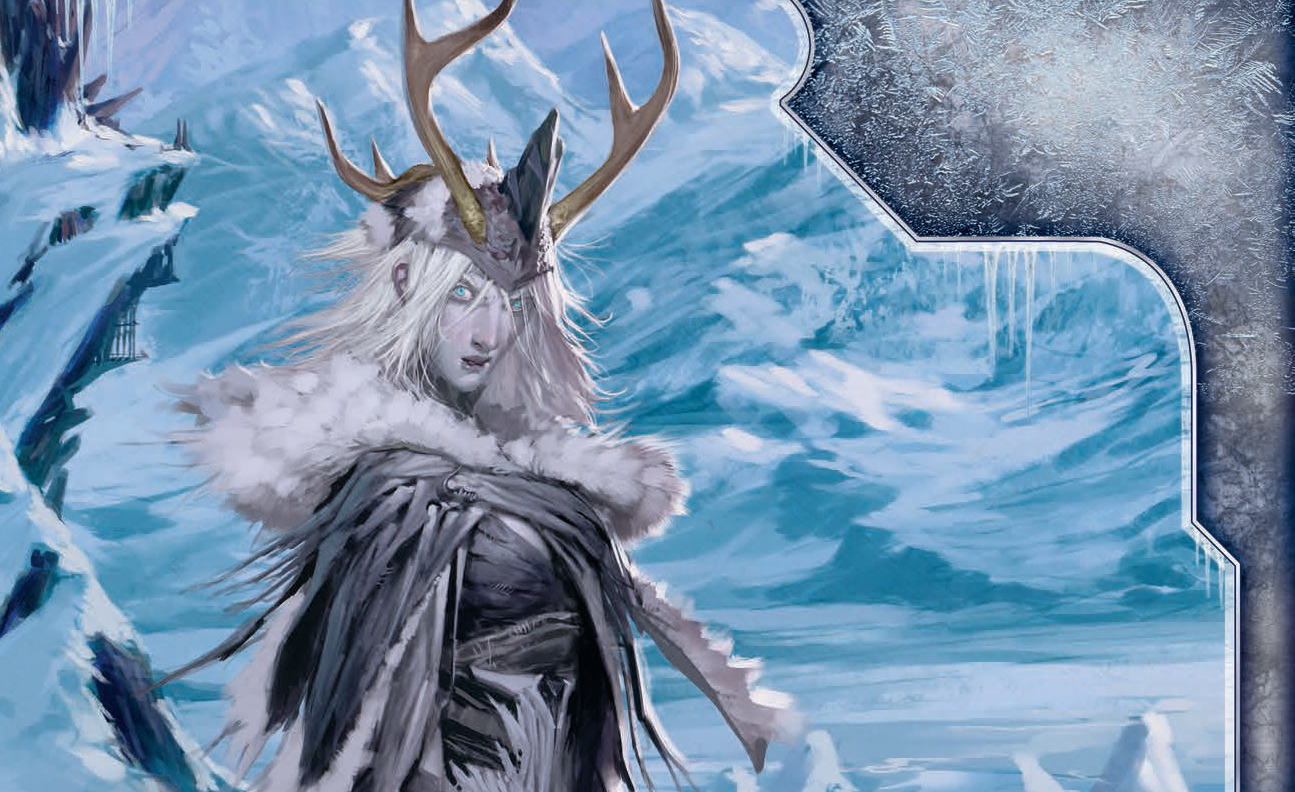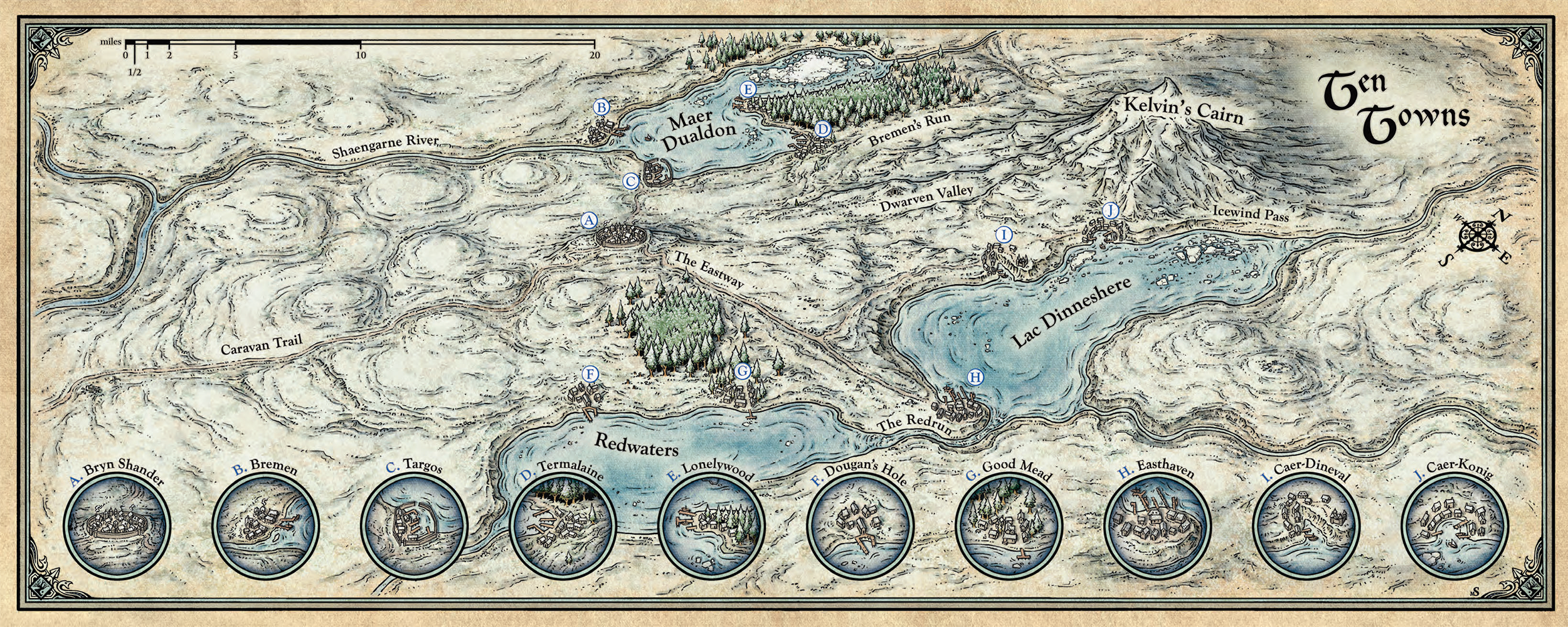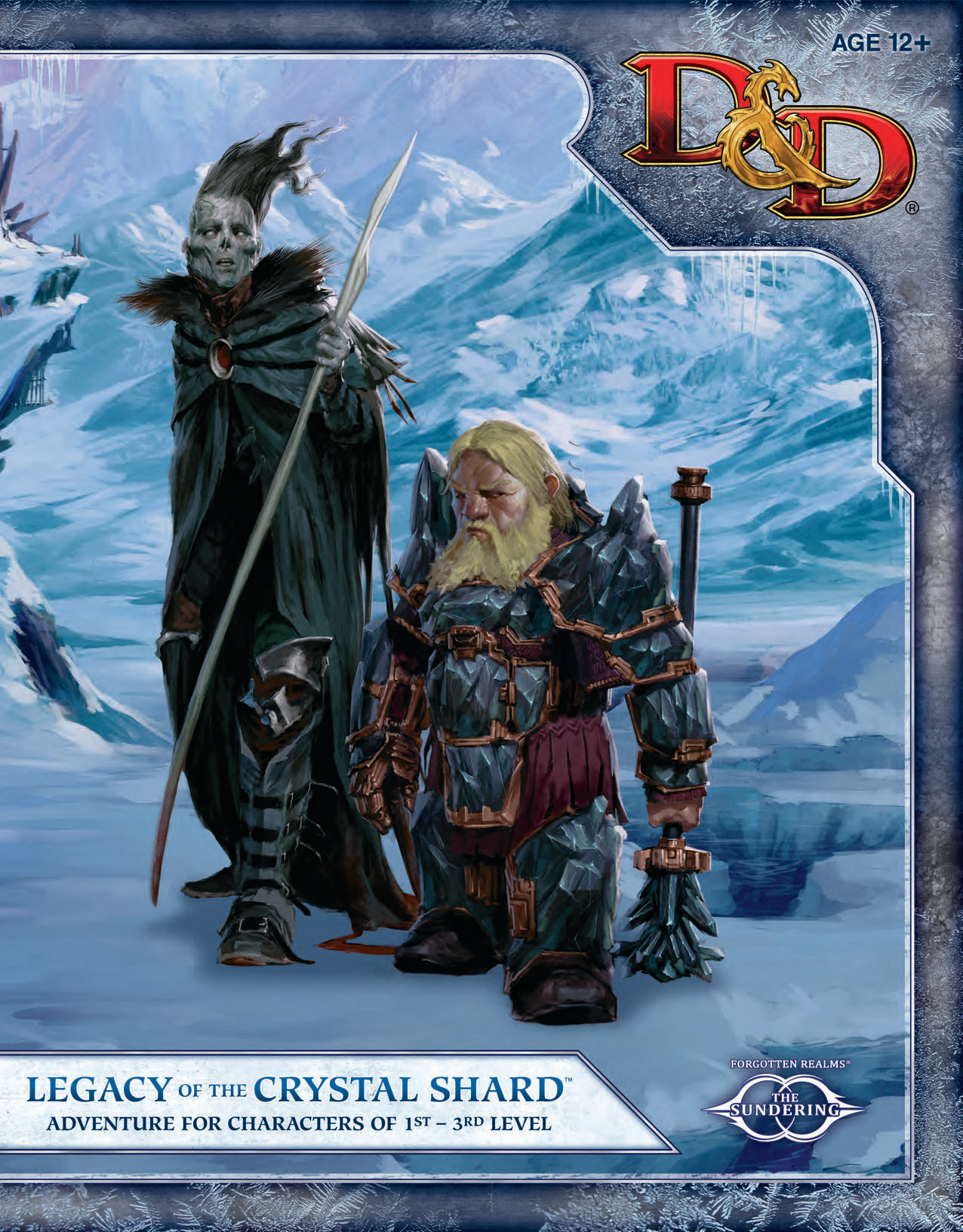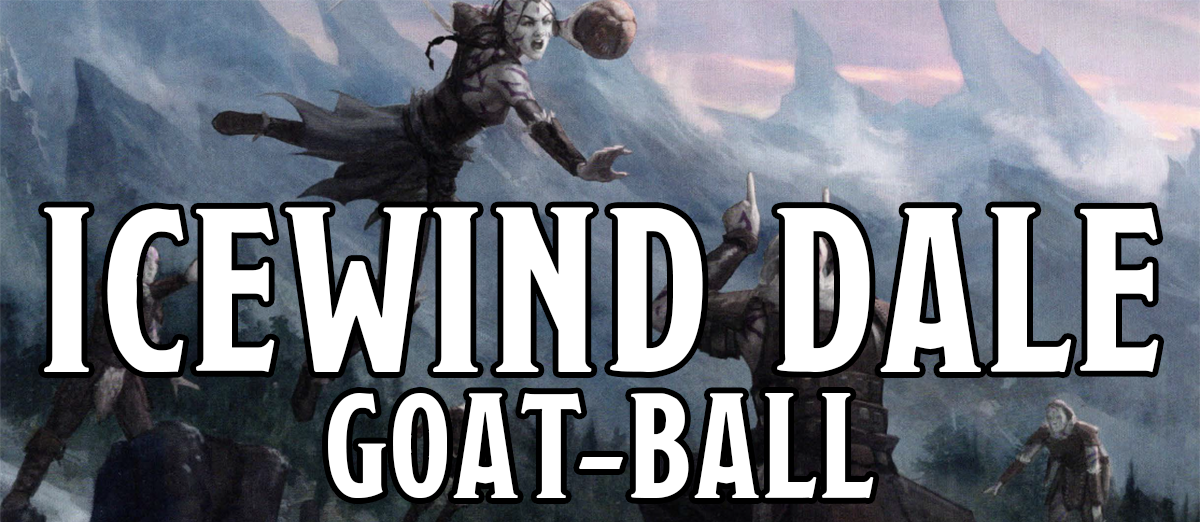
I’m launching an Icewind Dale campaign for my local group and, if all goes well, I’m hoping to give a ring-side sea to how the campaign is developing.
The first thing a campaign needs, of course, is the player characters. There are five PCs in the group:
- Mara Brightwood, a half-elf bard
- Wrenn Pilwicken, a gnome druid
- Ygra Dunn, a human monk
- Hugin Jorhund Athukavore Thuunlakalaga, a goliath sorcerer
- Avral Terikson, an awakened axebeak warlock
For a deeper insight into how I collaborate with my players in creating their characters, check out Running the Campaign: Designing Character Backgrounds and Dragon Heist: Creating the Characters. This series will be more narrowly focused on just introducing the characters.
MARA BRIGHTWOOD
(Created by Kristina Fjellman)
ALIAS: Mara Blackoak
Mara Brightwood, now 31 years old, was born in Neverwinter in 1461 DR, ten years after the eruption of Mount Hotenow which devastated the city and formed the Chasm in its southeast district. Her parents were the proprietors of the Frozen Bear tavern in the Blacklake District, which thankfully was spared the worst of the Ruining’s destruction. Many of the city’s nobles lived in the district, and that enclave of power helped ensure its safety even as the rest of the city struggled with the strange ash zombies and plaguechanged horrors which clawed their way out of the depths.
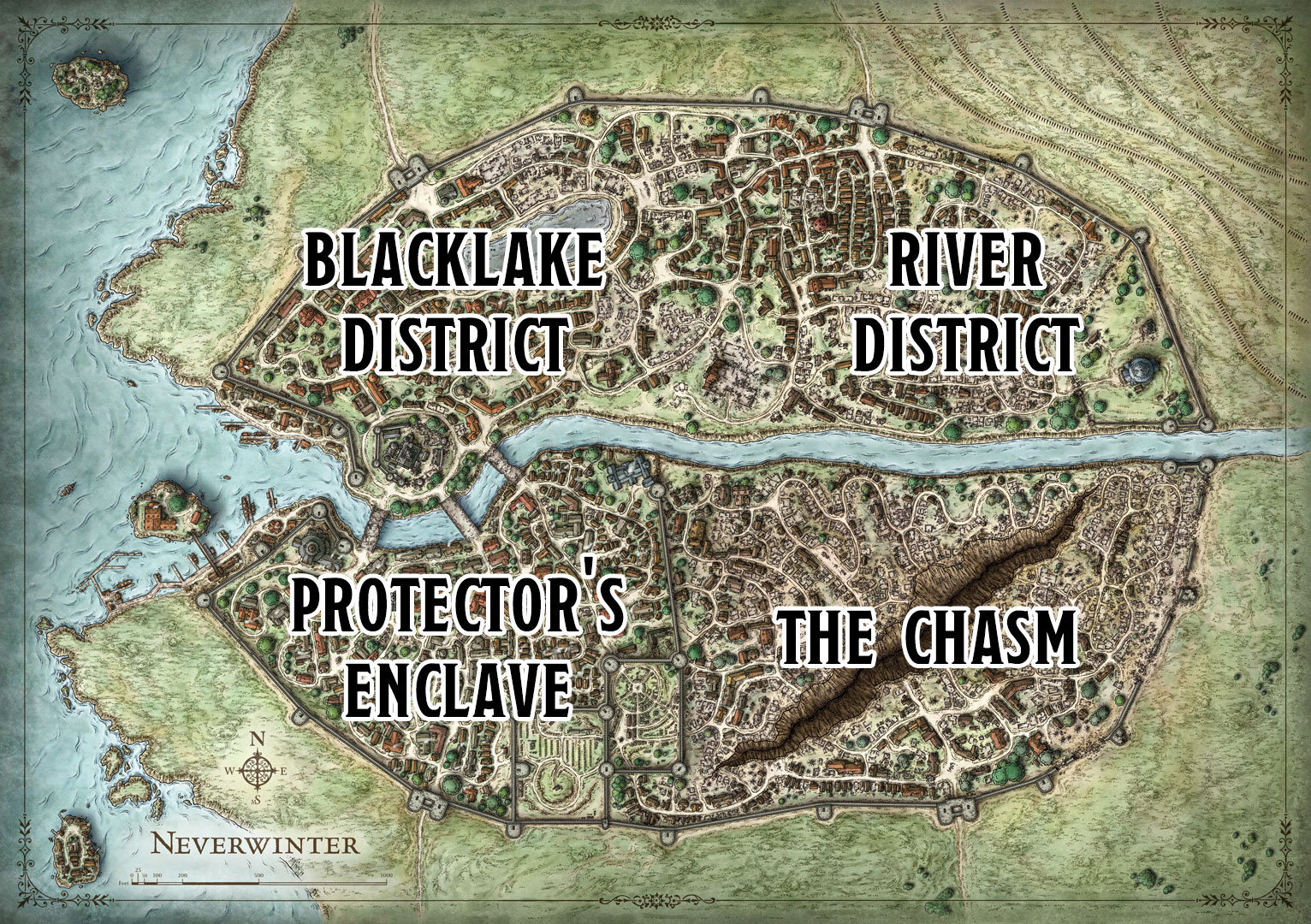
In the Year of Splendors Burning (1469 DR), when Mara was eight, things changed considerably. Lord Neverember of Waterdeep declared himself a descendant of Neverwinter’s dead noble family and the rightful “Lord Protector” of the city. Neverember marched into the city with Mintarn mercenaries and began spending profligately to rebuild the city’s infrastructure. Although many muttered that much of this cash was going to Waterdhavian workers and craftsmen who were being shipped up the High Road, Neverember’s presence was probably good for Neverwinter.
But not everyone agreed, and when Neverember signed a treaty with the Many-Arrows orcs which essentially surrendered the River District to them, it led to popular unrest, fomented by a number of factions, including disgruntled Neverwintan nobility. The Blacklake District was torn apart by fractious conflict and riots. The streets were filled with violence which prevented efforts to rebuild, while the Nashers robbed from the poor to finance their rebellion. As a result, most of Blacklake fell into ruinous poverty. These were hard years.
In 1479 DR, Mara was now eighteen and the civil violence was heating up considerably. These events would eventually conclude with the Siege of Neverwinter, in which a force of Thayans unsuccessfully attempted to take advantage of the chaos within the city to invade, but Mara would be long gone before then: During the Spring of Smoke, numerous buildings were burned in the riots. Among these was the Frozen Bear, a conflagration in which Mara’s parents were both killed.
It would later by revealed that a group of Asmodean cultists known as the Ashmadai, or the Messengers of the Raging Fiend, had infiltrated both Neverember’s New Neverwinter organization and many of the rebel groups, as well. They had played both sides of the conflict, escalating tensions for their own gain. It was tiefling agents of the Ashmadai who Mara saw light the fires at the Frozen Bear, and she never forgot not only who was responsible, but the corruption made possible by the ambitions of powerful men.
THE DAUGHTERS OF THE SWORD
In the wake of the destruction of the Frozen Bear and Mara’s entire life, she fled Neverwinter as a member of the Daughters of the Sword, a traveling troupe of musicians and entertainers who toured the northern part of the Sword Coast. The Daughters were an all-female group and were often considered a novelty act because of this, despite being quite talented, and they would usually perform at the Frozen Bear when they could come to
Mara had been enamored with the Daughter’s performances, and had been taken under the wing of Sanela Mushina who had first taught Mara how to play the harp. Mara had actually joined their performances on several occasions at the Frozen Bear, and it seemed perfectly natural to leave Neverwinter with them now.
Mara toured with the Daughters of the Sword for more than a decade, mostly in the northern reaches of the Sword Coast — making long passes up and down the High and Long Roads to Neverwinter, Luskan, Mirabar, Longsaddle; occasionally south of Waterdeep to Daggerford. Leveraging some of her old connections from the Blacklake District, Mara was particularly adept at 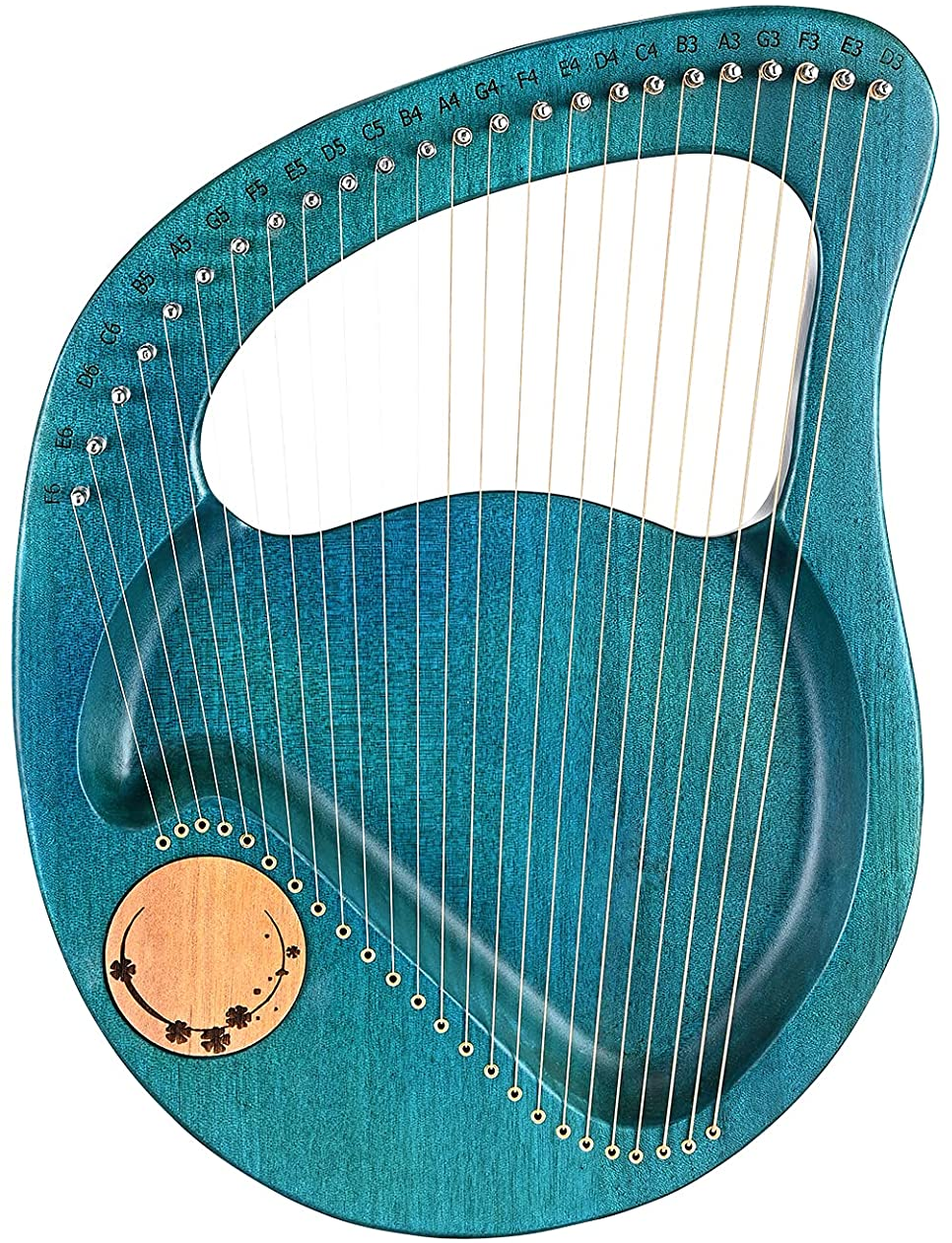 making connections with noble patrons. In addition to their public gigs, the Daughters were asked to many private venues and high society events.
making connections with noble patrons. In addition to their public gigs, the Daughters were asked to many private venues and high society events.
Mara also picked up all manner of gossip and secrets from these high-born connections, and she would actually write songs including this scandalous information… which only increased the demand for the Daughter’s performances!
At one of these soirees, Liara Portyr, niece of Grand Duke Dillard Portyr of Baldur’s Gate, heard the Daughters perform and invited them to come south to the mouth of the Chionthar River at a price they couldn’t refuse.
While in Baldur’s Gate, however, Mara uncovered a terrible secret: Several prominent patriar families of the city — including members of the Vanthampurs, one of the Council of Four grand dukes that ruled the city — were devil worshipers. Furthermore, these devil worshipers had connections to the Cassalanter noble family in Waterdeep, suggesting an axis of corrupt nobility conspiring along the length of the Sword Coast.
With flashbacks to the horrors she had experienced in Neverwinter, Mara composed “The Hellbent Highborn” to reveal what she had discovered.
This, ultimately, proved to be a mistake. An assassination attempt drove the Daughters of the Sword out of Baldur’s Gate and back up the Trade Way to Waterdeep. It seemed they had escaped the scandal and the danger, but The Hellbent Highborn pursued them: The lyrics to her song, now attached to a collection of lurid tales regarding Asmodean cultists, were published as a pamphlet of the same name by a scurrilous broadsheet publisher named Shan Chien in Waterdeep.
The Daughters of the Sword fled further north, but danger pursued them. Or, more specifically, Mara. All the ire of the cultists seemed to be aimed squarely at her. Hiding in a small inn in the tiny hamlet of Longsaddle, Mara tearfully parted from the friends who had become her family and headed north.
She hoped to disappear into the anonymity of the Luskan underworld. And, when that failed, she decided to head even farther north into the Frozenfar. Now traveling under the alias of Mara Blackoak, she seeks refuge in Icewind Dale.
DESCRIPTION
Mara is a half-elf bard. She thinks of herself as somewhat average looking, with dark brown hair and an average height and build. But she has striking blue eyes, like looking into the depths of a frozen lake. She often has her pale blue lyre of wave cypress close at hand.

